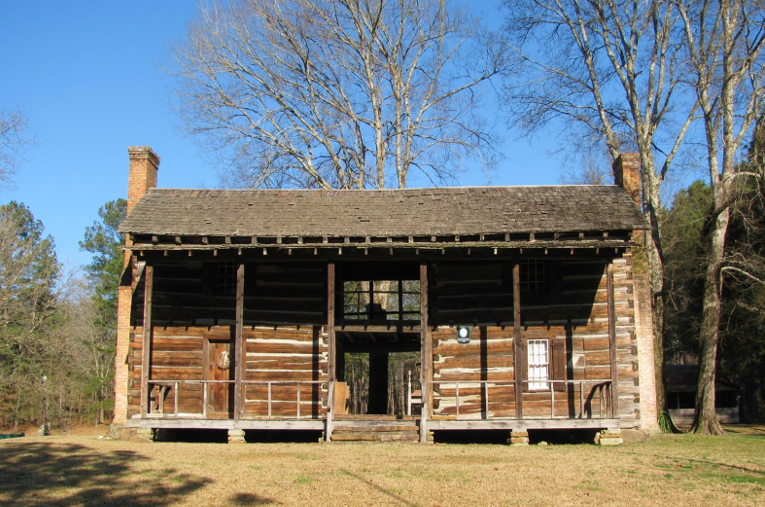Memorial Day marks the unofficial beginning of summer in the United States as the temperate breezes of spring give way to an enveloping heat that has become more and more intense each year due to climate change. This summer forecasters are expecting two big things: deadly heat and electricity outages. Mainstream news coverage is now explaining why these are inextricably intertwined, a relatively new development in such coverage. And, it turns out that the recent blistering record heatwave in India and Pakistan is but a foretaste of our future.
Those of us who have covered climate change in the last two decades believed that by the time such connections became obvious and noted by mainstream outlets, the world would be so far along in the process of global warming that stability-challenging events such as grid failures would become normal.
That’s because of the lag time between when we introduce greenhouse gases into the atmosphere and when we experience the warming caused by them is between 25 and 50 years. This is due to what’s called the thermal inertia of the oceans which means more or less that the oceans take time to warm (usually decades). Even if we were to take drastic action now that stopped all further emissions of greenhouse gases, the world would be in for several more decades of rising temperatures. But, of course, we as a global society are instead pursuing business as usual.
I can remember as a child living largely without air-conditioning. We would experience nights so cool at the cottage we rented along the shores of Lake Michigan that we would close all the shutters and cover ourselves with wool blankets.
Nowadays in my home in Washington, D.C., I am told I’m insane not to use air-conditioning. I share an old home with others and choose not to have an air-conditioner in my room. While I have a lizard-like tolerance for heat, in the summer of 2020 that tolerance was challenged. A heat dome park itself over the East Coast giving Washington daytime high temperatures of 90 degrees F or higher for 20 straight days. When those high temperatures were combined with Washington’s generally high summer humidity, the temperatures felt even hotter.
A few days in a row of such heat does not bother me. But this many days meant that after a while I could not adequately cool down at night in order to recover before the next day’s heat. As the heat wave dragged on and the night temperatures hovered in the mid-80s, I took to spending a couple of hours in air-conditioning in the downstairs just to get cool enough to sleep before retiring to bed.
But there are second order effects of heat. People tend to use more electricity during heat waves to power fans, residential and commercial air-conditioning, and industrial cooling. That, in turn, puts pressure on electrical generating plants and on the grid that delivers the electricity they produce.
The irony, of course, is that 63 percent of the world’s electricity is generated using fossil fuels. For the remainder it takes considerable amounts of fossil fuels (particularly liquid fuels) to build and maintain the infrastructure for nuclear, hydroelectric, wind, solar and other sources. That reliance is simply embedded into the way we do things. So, the more cooling we demand, the more greenhouse gases we produce which, of course, only fuels the heat we are trying to escape from. During India’s recent heat wave the government ordered generating plants using coal to burn more as necessary in order to generate at capacity.
But, of course, that’s not all. Prices for natural gas and coal, the primary fuels for electric generating plants, have skyrocketed in response to a better-than-expected rebound in energy demand from pandemic lows. That has put electricity prices on an upward trajectory as well. Disruptions due to the Russia-Ukraine war are partly to blame. But years of low investment by the energy industry is also a large factor.
Finally, the state of the electrical grid is dismal. The 2021 Report Card for America’s Infrastructure from the American Society of Civil Engineers gave the U.S. energy infrastructure a C- with a focus on the electrical infrastructure. The grid problem is actually a global one. And, it is a fact that as our energy infrastructure expands and is asked to deliver more energy, it becomes more and more costly and difficult to maintain.
(One of the key observations of Limits to Growth, the groundbreaking resource and environmental analysis first published in 1972, is that one of the main reasons economic growth is likely to come to a halt is that all investment capital will one day have to go into maintaining our current infrastructure and mitigating the pollution and other ill effects of our way of life. As a result there will be no capital left over to invest in growth.)
It’s not surprising that private utility companies run by humans with limited lifespans would choose current profit over making investments that are important for the next 50 years. Even government-owned utilities are sometimes rife with corruption that diverts public investment funds to personal gain or are simply poorly managed.
And so I enter summer with a sense of foreboding, not only about a simmering war in Ukraine, but also the stability of basic energy infrastructure and our ability to function if the lights, computers, and the water, sewer and gasoline pumps go out for an extended period.
Photo: Dogtrot houses are designed to maximise natural ventilation. By Chris from U.S.A. – John Looney House, CC BY 2.0, https://commons.wikimedia.org/w/index.php?curid=9448270






